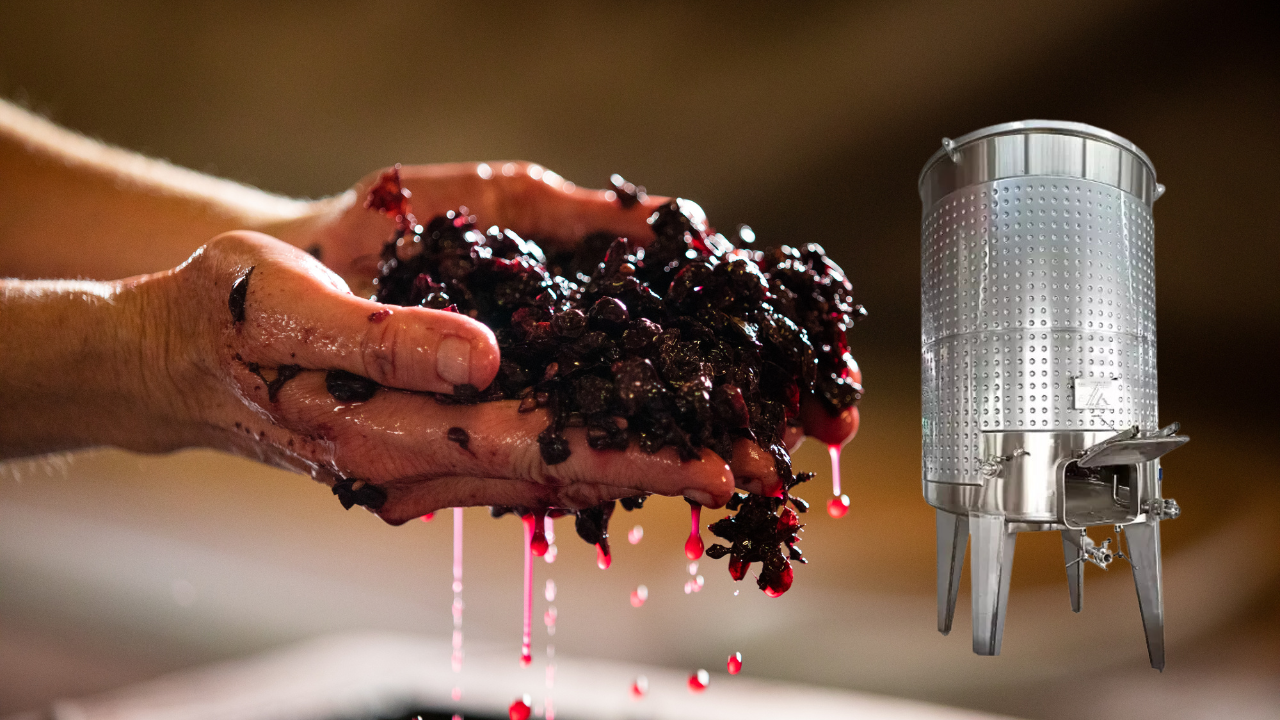Quality control is critical in winemaking since they help in the development of excellent wines. Among the useful tools that can help maintain high standards and achieve better compliance with established norms there is a stainless steel wine fermentation tank. Stainless steel has become progressively popular in modern winemaking owing to its benefits including being easy to clean and having well-controlled temperature. In this article, the author focuses on the ways that SS wine fermentation tanks play an important role in quality assurance and in creating consistency when dealing with large quantities of wine.
The Importance of Maintaining Cleanliness in Winemaking
It is vital to avoid any kind of contamination during its production; therefore, cleanliness is kept an utmost priority during winemaking. Stainless steel tanks are most preferred because of their ease to clean and sterilize. Coating materials have a low porosity, and this makes it difficult for bacteria and other content to stick onto them. This keeps your wine fresh by ensuring that it does not get any contaminants during the fermentation period. Stainless steel is preferred to wooden barrels as the bacteria cannot penetrate its surface, hence avoiding contamination. Applying proper cleaning in these tanks is useful for the general purity of the wine and, consequently, its quality.
Precise Control Over Fermentation Conditions
Another important benefit of using stainless steel wine fermentation tanks is that these tanks help to maintain temperature consistency. Tanks that have cooling jackets or insulation enable one to have better control of the fermentation temperature. Stable temperature is crucial in the operation of yeast, which ferments the sugars in grape juice to produce alcohol. Temperature regulation helps avoid contamination and helps your wine to acquire the correct attributes and quality. Maintaining a steady environment during the fermentation process also ensures that one batch is similar to another and, therefore, wines of better quality.
Elimination of Off-Flavors and Unwanted Influences
Stainless steel must be non-reactive, which implies it does not alter the taste of your wine or bring any other interference. In comparison with wooden barrels which put extra flavors such as oak or vanilla into wine, stainless steel lets the grapes’ qualities stand out. This mechanism is good in making sure that the tastes and character of your wine are solely from the grapes and the vineyard and not the fermentation container. Therefore, with stainless steel tanks, it is easier to maintain the qualities or the purity of the grape that is required in the production of great wines.
Consistency in Wine Production Processes
Both small-scale and large-scale production systems benefit from the stainless steel wine fermentation tanks in terms of constant working quality. For instance, there are vessels such as open-top fermenters and pump-over tanks meant for red wine used to control a number of operations like cap immersion and extraction of flavors. The use of tanks with sloped or conical bottoms enhances the sedimentation period, hence making wines clearer. Such standardization helps you to reinforce similar processes in each batch to produce quality products.
Besides, stainless steel tanks are flexible, which means that you can store large quantities of wine and still obtain high-quality wine at the end of the process. From variable capacity tanks that help satisfy the need for tanks of all sizes for all operations to large forkable tanks for storage and mobility, stainless steel is your ally in your business’s development. This is useful both for major wine producers and for small and mid-sized producers because it ensures consistent production regardless of the rise in demand.
Conclusion
It is worth noting that stainless steel wine fermentation tanks are central levels of quality assurance. They are easy to clean, maintain a steady temperature, and are not affected by or have a negative impact on your wine. Thus, they do not alter the intended flavor and quality characteristics of the wine with various batches. The advantages of using stainless steel tanks for the long-run are well illustrated on the basis of their durability, low maintenance cost, and expandability. In today’s wine processing technology, stainless steel equipment will always play an important role in achieving and sustaining high-quality wines that meet customers’ expectations.


